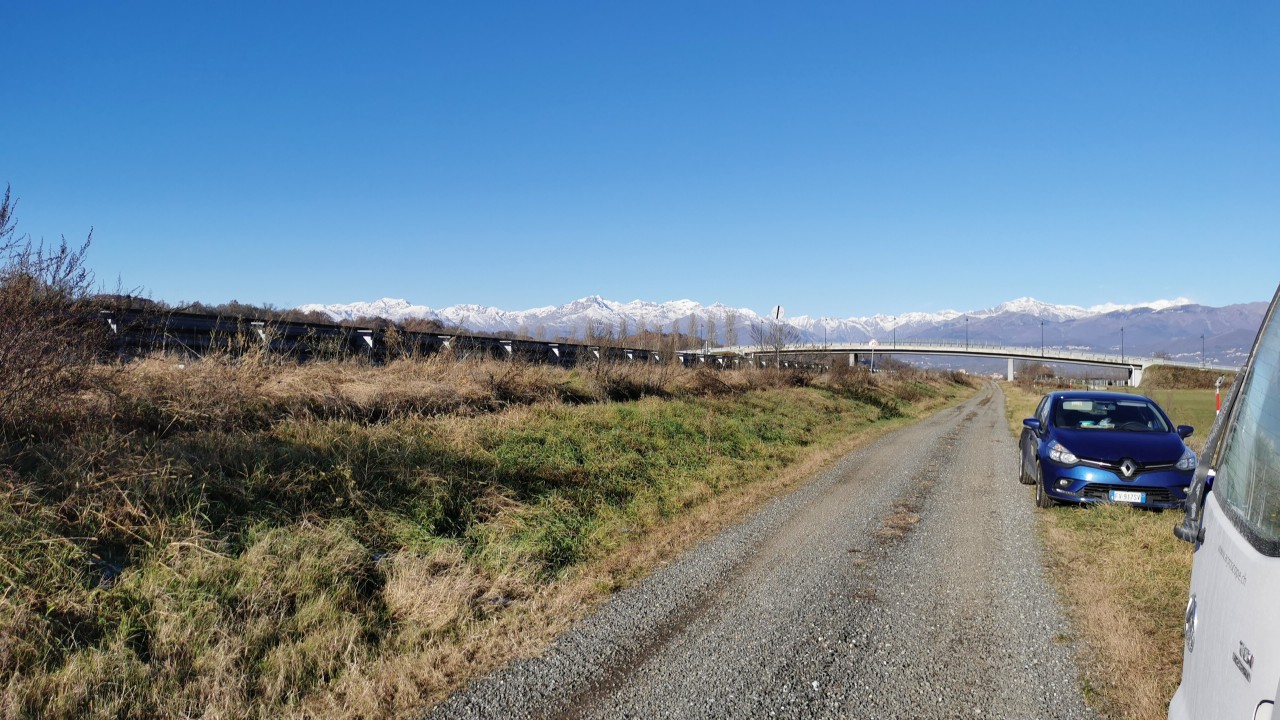A day in the field
To continue with experiments in the lab, we needed more Japanese beetle larvae, a lot more. So we decided to go on a field trip on the 7th of December 2021.
It was the first train of the day which took me to Agroscope where we headed off to Mottalciata, Piedmont region.
With two cars and seven people, we left freezing cold Switzerland in hopes to find some sunshine in Italy.
Sunrise in Ticino, time for breakfast and a cappuccino. The weather south of the alps already looked better and warmer.
We arrived on the field at 10:45, Giovanni Bosio and his collegue Emanuela Giacometto from the phytosanitary service Regione Piemonte have already started in the field. In one hour they already found more than 50 larvae, despite the soil being very cold and compact.
By lunch time we had about half of the needed larvae, Giovanni and Emanuela had to leave us to attend other work.
Here, a larva meets a unicorn. I let the larva live and ate the unicorn (could have been the other way round…)
We found the last larva at 15:15. Totally around 1600 larvae. The cooling boxes were closed and not to be opened until arrival and after packing up our things we started the journey back to the north. Arriving Agroscope shortly before 8pm, where the larvae were put directly into our quarantine lab. Now it's time to go home.
By accepting you will be accessing a service provided by a third-party external to https://www.popillia.eu/















